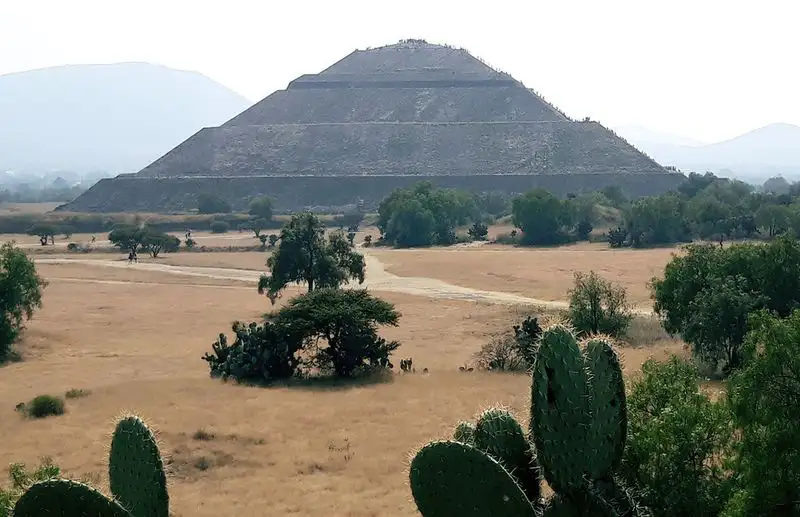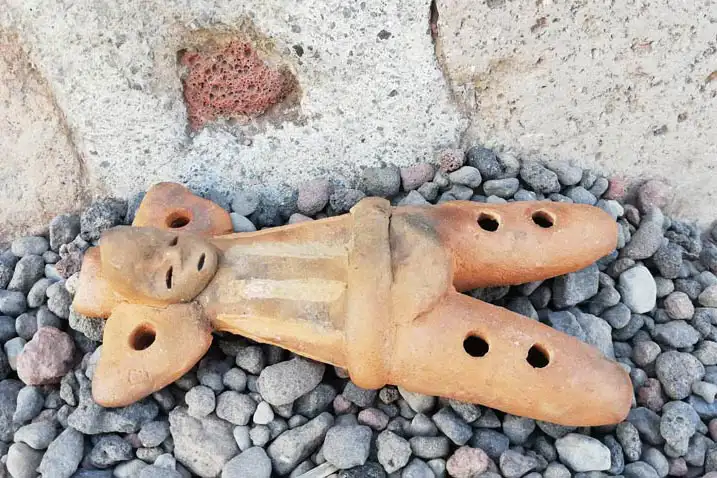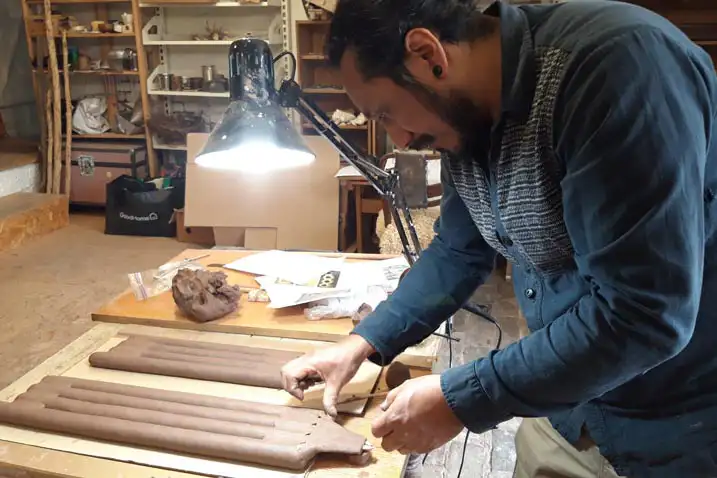Click on any of the soundfields on the map above to play a story. Note: On location, GPS would trigger these stories automatically.



Teotihuacán es un sitio del Patromonio Mundial de la UNESCO, situado en el altiplano central de México. Es el centro urbano de una de las culturas arqueológicas más impresionantes del mundo. Durante el periodo del Clasico Temprano de Mesoamérica, la ciudad alcanzó los 20 km2 y tenía 150,000 habitantes.
El antiguo sitio se puede imaginar como un lugar lleno de sonidos, un ambiente sonoro que se ha perdido para siempre. Como sus pirámides y templos estaban cubiertos por tierra y vegetación, los ruidos de la vida cotidiana se acababan, la música desapareció.
Un intento científico-artístico multisensorial, el Teotihuacan Virtual Sound Mapping Project, se ha diseñado para romper el silencio del sitio.
Este recorrido sonoro recoge lo que se ha podido recuperar hasta el momento. Las improvisaciones musicales son ejecutadas por artefactos sonoros originales y reconstrucciones, y las impresiones sonoras incluyen grabaciones de campo del paisaje sonoro de Teotihuacán.
Antes de visitar la zona arqueológica, consulta el sitio web del INAH para la información más reciente acerca de los horarios y entradas. Ya que el recorrido es pesado (90MB) y la conección wifi es débil, descarga la aplicación de Soundtrails y el recorrido sonoro antes de llegar a la zona arqueológica.
—–
Teotihuacan is a UNESCO World Heritage site situated in the central Mexican highlands. It was the urban center of one of the most impressive archaeological cultures of the World. During the Early Classic period of Mesoamerica (100-600 CE), the city expanded over 20 square kilometers inhabited by around 150,000 people.
The ancient site can be imagined as a place full of music and sounds, a sonic environment that has been buried for a very long time. Along with its pyramids and temple structures covered by earth and vegetation the noises of everyday life ceased, the music was gone.
A multisensory scientific-artistic endeavor, the Teotihuacan Virtual Sound Mapping Project, was designed to break the silence of the site.
This Soundtrail gathers what has been recovered so far. Musical improvisations are played on original sound artifacts and reconstructions, and the sonic impressions include field recordings of Teotihuacan soundscapes.
Before visiting the archaeological zone check the INAH website for the latest information on opening hours and fees. As the soundtrail is large (90MB) and the wifi connection at the site is weak, make sure to download the Soundtrails App and the Teotihuacan Soundtrail before traveling to the site.
Credits & Contributors
This Soundtrail received grant funding from the European Union (Grant agreement ID: 846012).
Produced in 2022 by Adje Both and Simon Bradley
Copyright by Adje Both and Simon Bradley (2022)
Teotihuacan instruments you hear:
Shell horns (*), ceramic trumpets (*), quadruple flutes (* / **), ocarinas and whistles (*), whistling vessels (* / ***), gourd rattles and ceramic rattles (* / ***), shell rattles and bone rasps (*), turtle shells (*), slit-drums and skin drums (* / ** / ***).
Performers: * Adje Both / ** Mateusz Wysocki / *** Amon Jan Both
Original instruments:
Recorded in 2019-2022 in the Museo Nacional de Antropología, Mexico City. Special thanks to Edgar Ariel Rosales de la Rosa.
Instrument reconstructions:
Made between 2019-2022 by Osvaldo Padrón Perez and Adje Both.
Soundscapes:
Recorded in 2022 at Teotihuacan and the Cerro Gordo.
Recordings:
Made between 2019-2022 by Adje Both (originals, reconstructions, soundscapes), José Francisco García Rico (originals) , Hendrik Mokry (reconstructions) , Jacek Szczepanek (reconstructions), Rupert Till (originals, reconstructions, soundscapes).
Sound design:
Simon Bradley (2022)
Voices:
Tonwelt, Berlin (2022)
Photos:
Adje Both, Yolotzin Vargas (2019-2022)
